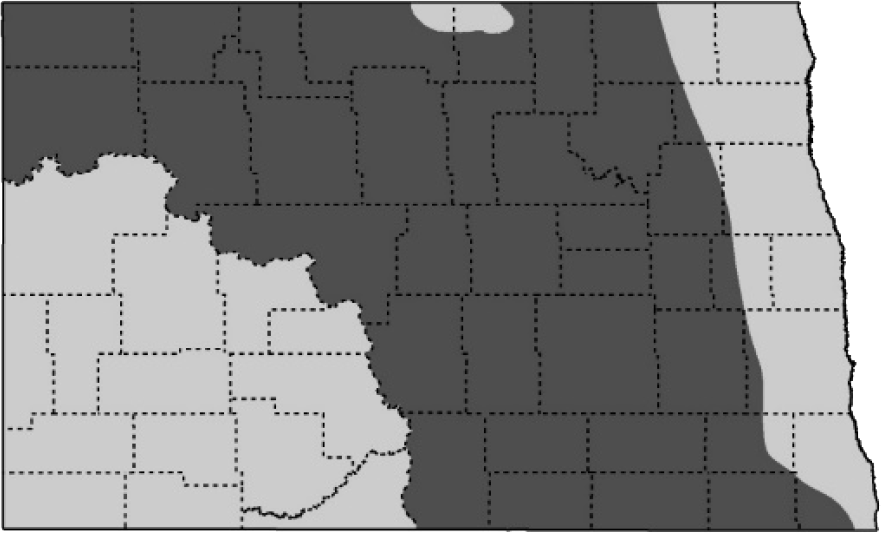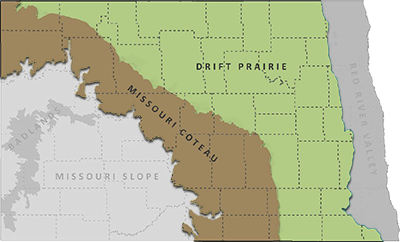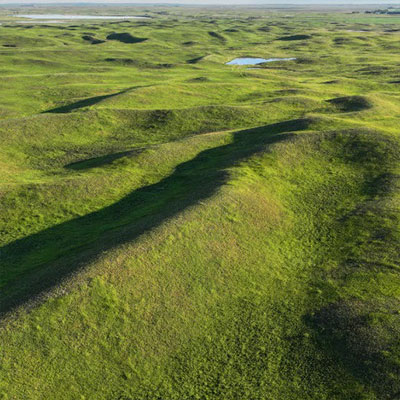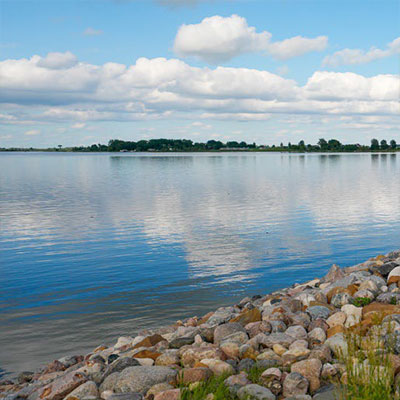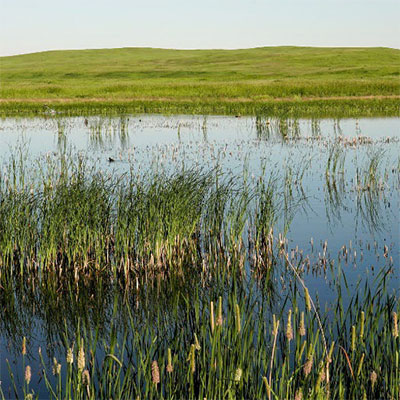American Avocet
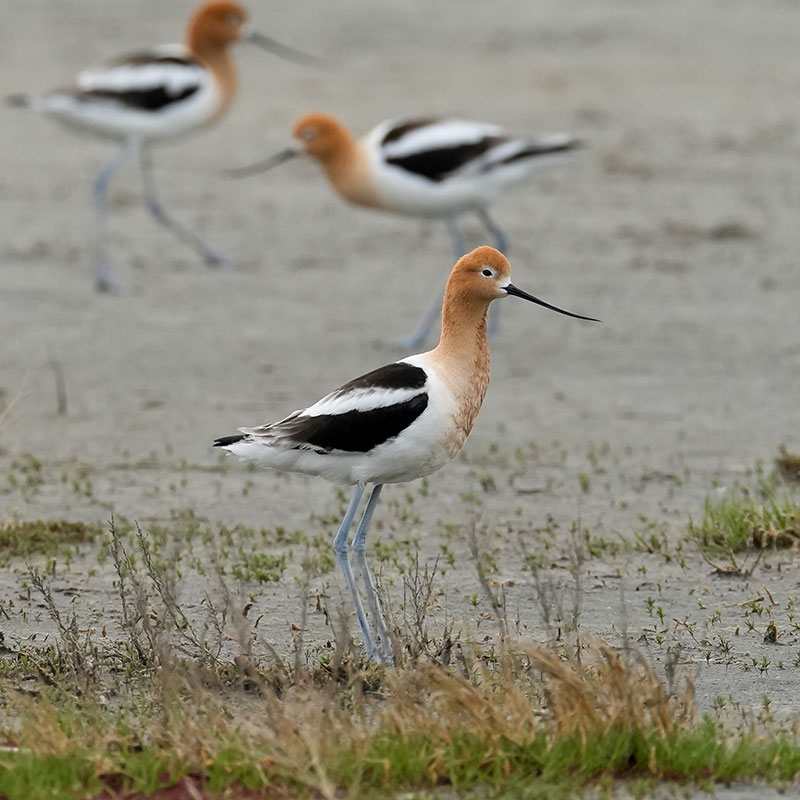
Photo Credit
NDGF
SGCN
Nongame
Common Name
American Avocet
Scientific Name
Recurvirostra americana
Taxon
Birds
Subtaxon or Group
Shorebird
Description
L 18”, WS 31”, 11 oz. Body is black and white with a striking orange-cinnamon head and neck, thin up-curved bill, and blue legs.
Status in North Dakota
Occurs in North Dakota from April to October. Peak breeding season mid-May to early July.
Reason for SWAP Designation
At-risk, ND range important (SGCN b.).
ND ranks 5th out of 22 states for highest percent of the global population (3.46%) during the breeding season (eBird).
The American Avocet is not experiencing severe declines, but some evidence of recent declines.
ND has high stewardship responsibility for this species in the Prairie Pothole Region.
Threats
- Loss and degradation of wetlands, drainage and wetland consolidation.
- Classified as climate-endangered, American Avocet is projected to lose more than half of its current distribution by 2050, with no net gains of new areas (Audubon).
- Breeding density may be determined by availability of suitable islands. High water years can limit nesting substrate. Nest losses attributed to flooding and predation.
- Avocets are outcompeted by gulls, pelicans and cormorants for nesting sites.
- More frequent or intense harmful algal blooms. Increasing applications of agrochemicals and adverse impacts to water quality, the wetland vegetative community, and the aquatic invertebrate community.
- Human presence at nesting site during early laying stages can cause abandonment.
- Collisions with human-made structures (e.g. overhead lines, wind turbines).
Research and Monitoring
- Habitat requirements and demographics have been broadly researched.
- Little known about reproductive success, annual adult survival, or fledgling survival.
- Additional information is needed on migration and wintering behaviors.
- The Breeding Bird Survey, eBird and Partners in Flight Databases are key sources of information on distribution and population trends.
- The USFWS coordinated a breeding shorebird survey from 2004 to 2018.
- A colonial waterbird inventory in ND was conducted in 2014-2015 and American Avocets were incidentally observed and recorded. Nine colonies were discovered, and 48 breeding pairs were estimated (mean colony size 6, range 1-30 pairs).
Management Recommendations
- Preserve and maintain wetland complexes.
- Restore hydrology and vegetation to degraded wetlands.
- Manage vegetation on the periphery of islands for sparseness.
- Leave grassed buffer strips around wetlands and waterways to prevent erosion and runoff into wetlands.
- Follow aquatic nuisance species rules and regulations.
- Follow beneficial or best practices during the design, siting, construction, operation, and maintenance of tall structures (e.g. transmission lines, communication towers, wind turbines).

